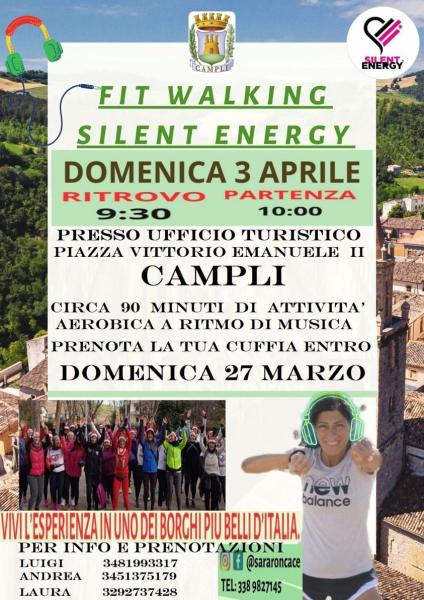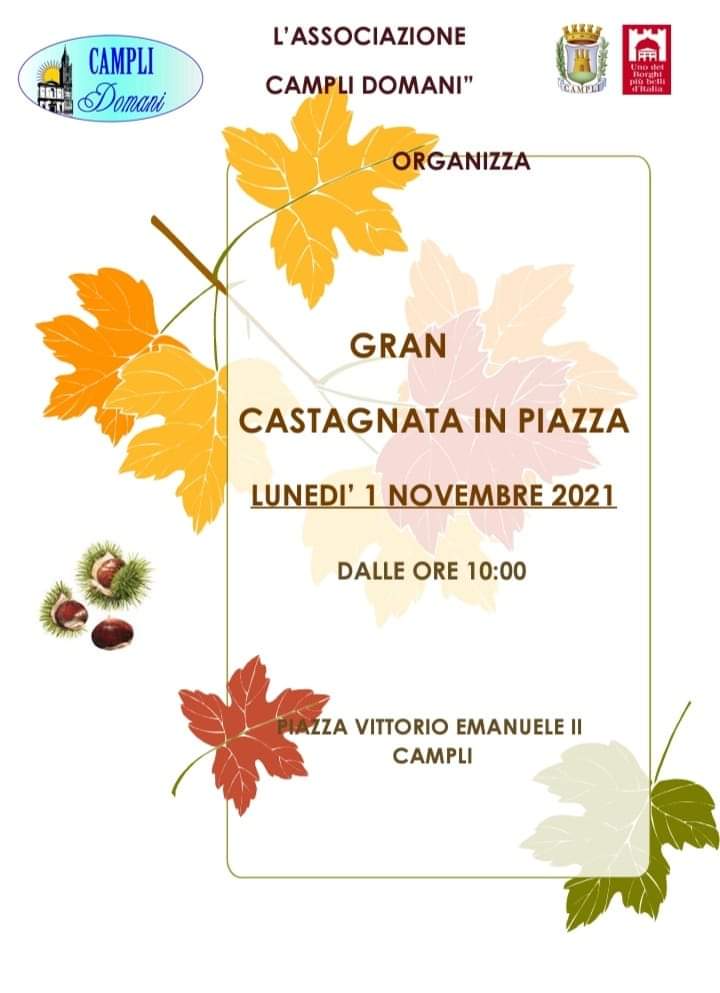Former Convent of S. Onofrio
Between Campli and Castelnuovo stands the Former Convent of S. Onofrio; no rest of the church. Mentioned for the first time in an ancient document of 1274. In 1390 a hospital was built attached to the monastic complex. The foundation of the convent dates back to 1489-1510 and between 1614 and 1620 it was elevated to the rank of "Badia". The hospital was built by the Augustinians to assist the sick poor and to welcome pilgrims. The friars of the monastery of the same name in the hamlet of Cesenà erected it thanks to some donations and testamentary bequests. Pope Innocent VIII with papal bull of 20 October 1489 suppressed the monastery and the prior title of the convent of Cesenà reserved for the Benedictine abbey of SS. Mariano and Giacomo of Nocella. The pontiff transferred all the privileges to the new monastic complex of Campli ceded to the Celestines. The entrance has a flat architrave supported by shelves. The walls built with unworked stones and bricks bound by mortar. On the ground floor remains of the round arches of the cloister with pointed cross vaults. Upstairs the cells of the monks. The refectory houses a remarkable cycle of frescoes attributed to Giacomo from Campli and two other painters. The frescoes (15th-16th centuries) cover the ceiling with a ribbed vault supported by pendentives. On the walls: "Holy Martyrs", "Blessed", "Scenes from the Life of St. Onofrio", "Scenes from the Life of St. Benedict", an "Annunciation", a "Last Supper", "S. Scholastica ”and“ S. Michael the Archangel ". At the entrance, an Abruzzo landscape with a city, perhaps Campli. Under the fresco of the "SS. Trinity ”the monogram“ FSC ”(“ FRATRES SANCTI COELESTINI ”). The convent will house the future Museum of Sacred Art.
Currently not accessible.





